Do you have a serger? Are you thinking of buying one? Sergers are great machines to have regardless of the type of sewing you do. If you're in the market for a new serger— whether your first or as a replacement or upgrade— don't head to the store imediatly. There are a few things you need to know to make sure you get the perfect serger for YOU!
What's A Serger?
A serger is a specialty machine in sewing that is used to overcast, or sew over and encloses the raw edges of the fabric. This enclosure prevents fraying and finishes the edges cleanly. The serger also trims off the excess seam allowances, doing all of this in a single step. A serge seam is what you will find on the inside of most store bought T-shirts.
How To Choose A Serger
Armed with what I'm about to share with you, you'll be able to quickly narrow down which serger is going to make your sewing, better, faster and ideally more enjoyable.
1. How do you plan to use the serger?
How often are you going to use it? Are you hoping to finish the edges on the very few pieces of clothing that you have sewn? If so, a basic inexpensive machine will probably be just fine. If you plan to do a lot of sewing with it, including knitwear you'll want to look a bit closer at features.
2. Set a budget
Basic machines start around $200 and have two to four threads. A more expensive serger has as many as five threads and some have differential feeds, allowing for extra adjustment and even an air-jet threading system. High-end machines can cost as much as several thousand dollars.
3. Shop Around
Check online, and read as many reviews as you can. Amazon is perfect for this, as is Consumer Research. Be sure to visit all of the retailers in your area. Shopping local allows you to test drive the sergers and ask questions. Purchasing locally also means you usually will have the option for classes, often free with purchase. A local shop also usually offer repairs and regular cleanings and maintenance. That's much easier than having to ship your machine off.
The test-drive: get ready to serge
The best way to see how a serger works is to use it. Be sure to test-sew the sort of fabrics you use most often. I would suggest taking along some stretch knits as well as a selection of woven fabrics. As you test each sample of fabric mark it with what machine you tried it on and what stitch. You'll want to try several of the sergers stitches out on each type of fabric you take if possible.
Get to know the Machine
- Examine the serger, and locate major controls, dials, and switches.
- Raise and lower the presser foot. Is it smooth? Do you like where it's located?
- Lighting, I can't say enough about this! Make sure you like the lighting it offers.
- Evaluate the noise level and vibration of the machine
- Hold onto the thread chain and stitch without fabric. Is it noisy, does it skip or tangle up?
- Disengage and re-engage the upper knife. Is it easy to do?
- Is a trim-catcher provided? Yes ___ No __
- How do you adjust for the rolled hem. On some machines, it's very easy and others are not. Decided if that matters to you.
Sew stitch samples
- 2-thread stitches: Overedge / Rolled hem
- 3-thread stitches: Flatlock / Overlock / Rolled hem
- 4-thread stitch: Overlock
- 5-thread seam (overlock plus safety chain stitch)
- Cover stitch Request A Demonstration even if you don't think you'll use it. Also, pay attention to what it takes to set up the cover stitch. Some sewist opt for a standalone cover stitch machine.
Last but not least
- Is training offered with the purchase of the machine?
- What type of maintenance do the manufacturer and dealership recommend and provide?
- Are optional accessories available for this model?
A serger will speed up your sewing and finish edges in a snap, but before you buy one, do your homework so you know what you're looking for.
Now that you know how to choose a serger, you'll want to learn how to use it like a pro.

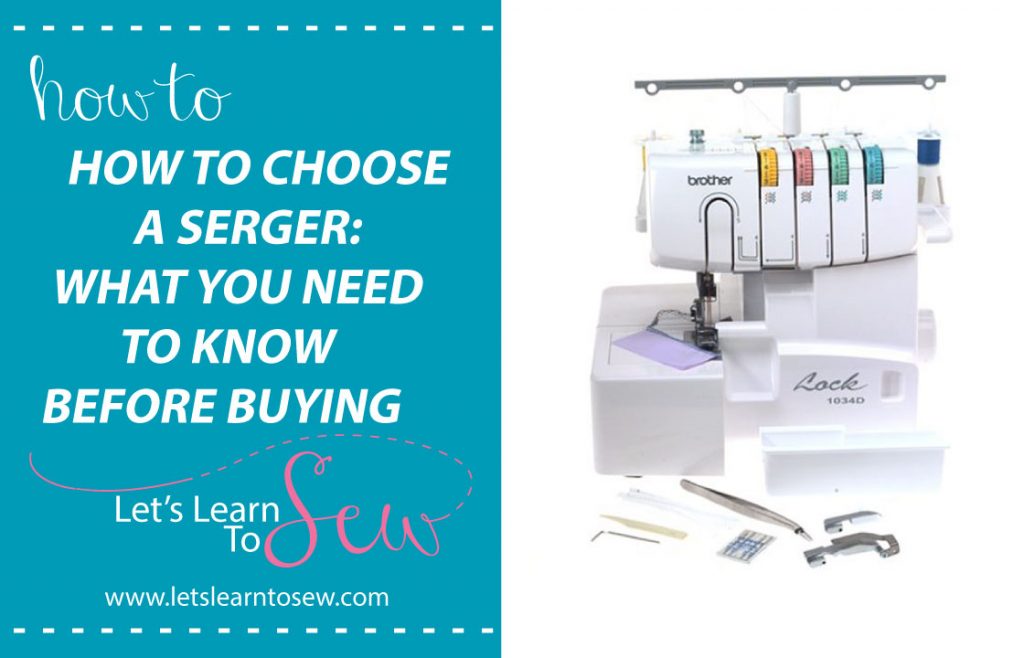
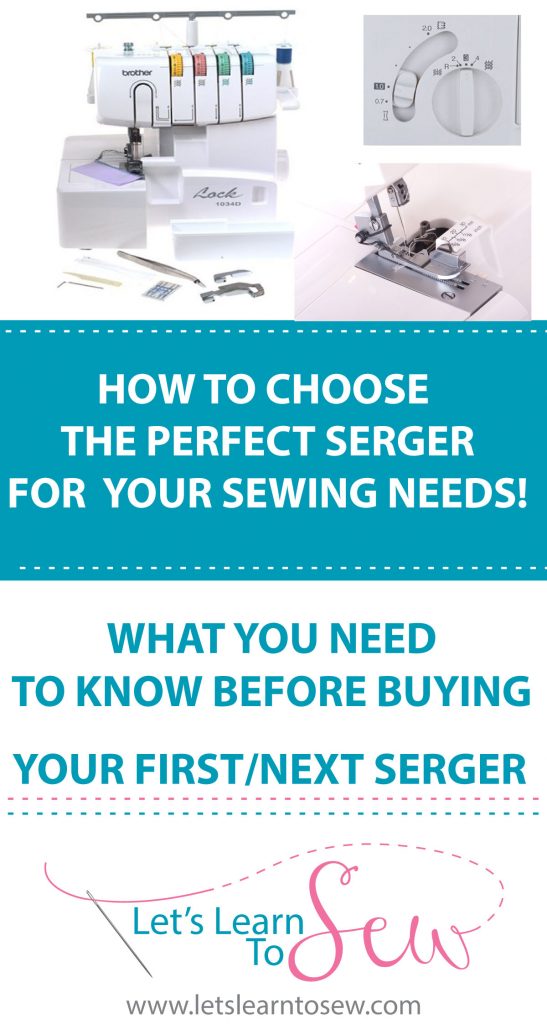
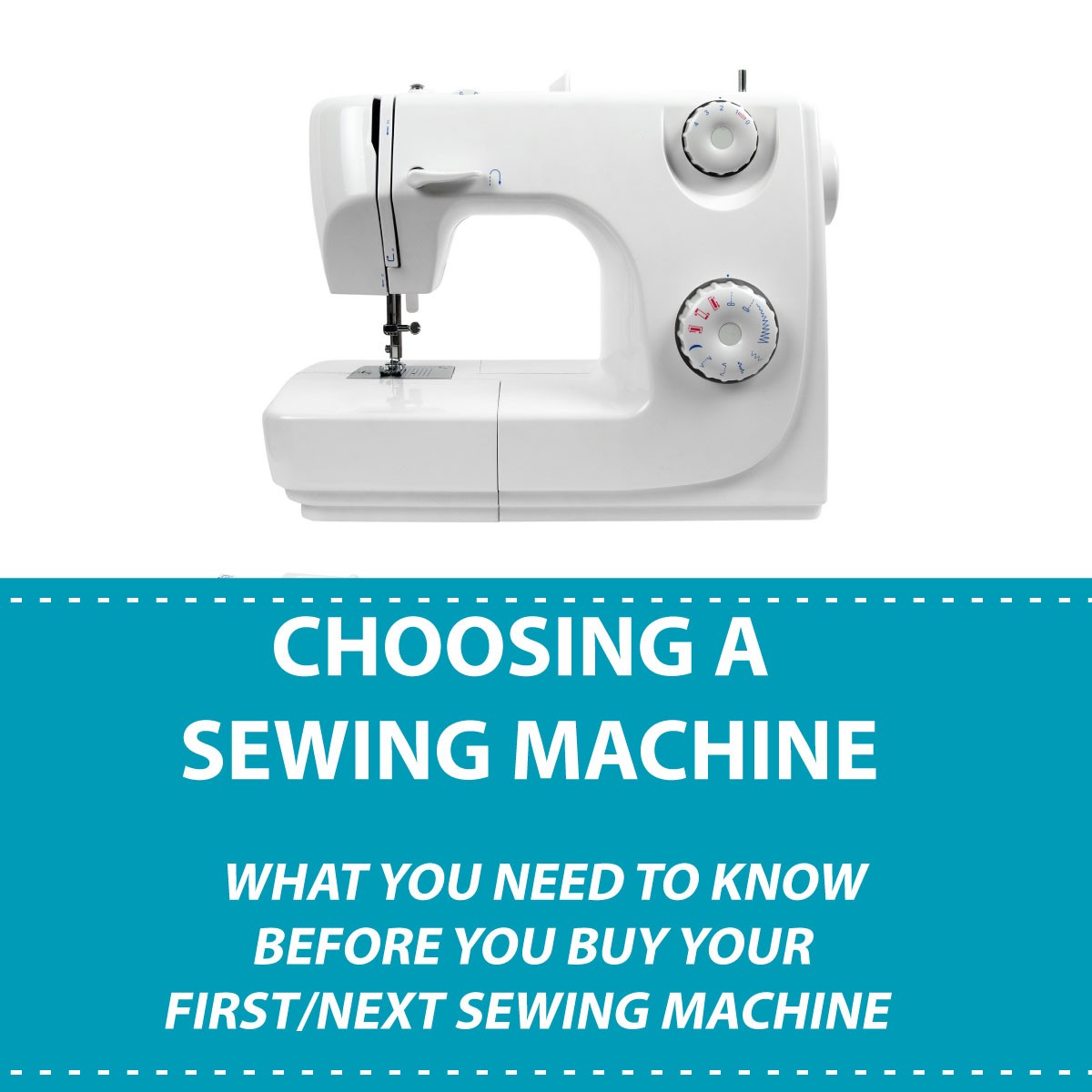
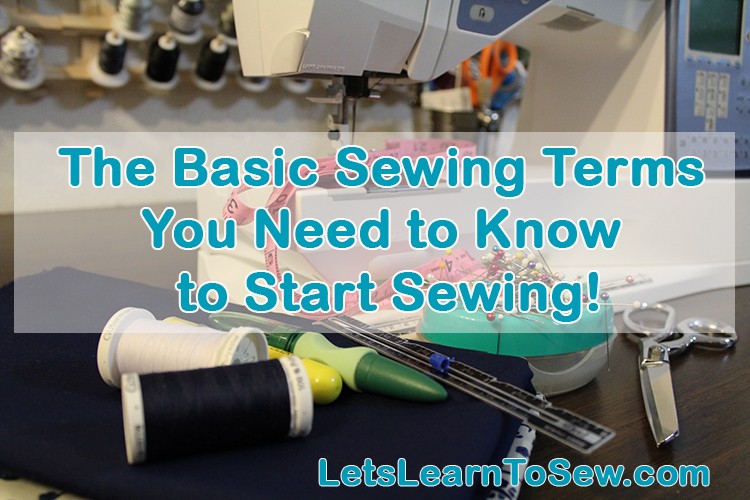
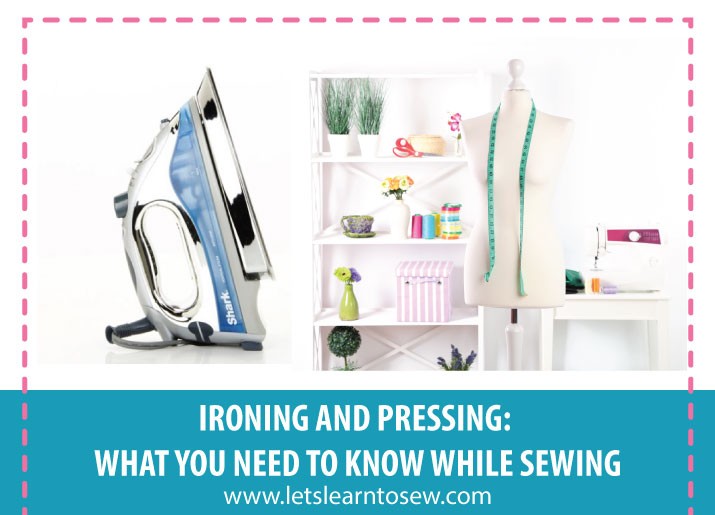

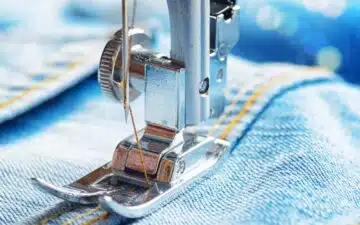
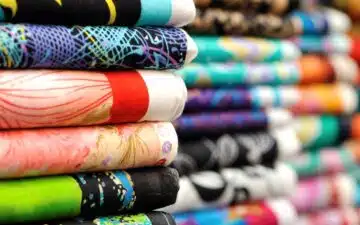
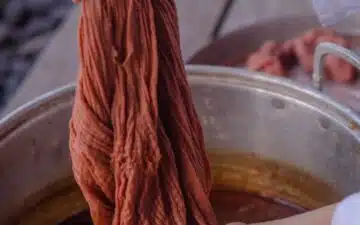
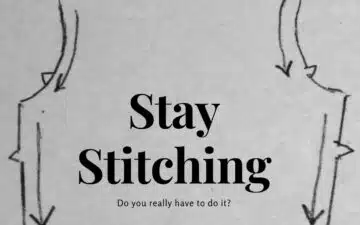
Thelittlelai: Beyond limits
This is just absolutely amazing! I love how it was written.